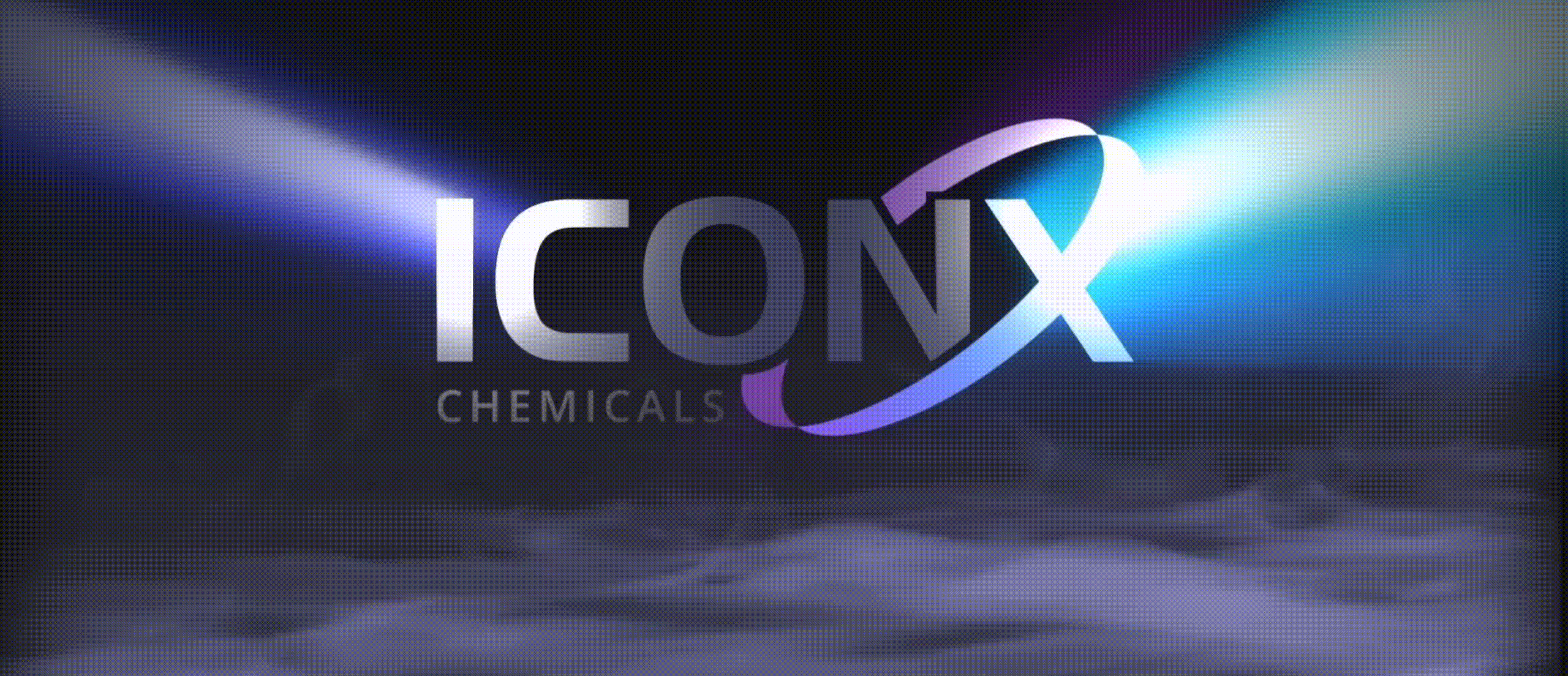The pulp and paper industry is one of the heaviest users of water within the U.S. industrial economy, requiring 54 cubic meters on average of water per metric ton of finished product. With water used in nearly every step of the manufacturing processes, Pulp and Paper mills produce large volumes of wastewater and residual sludge waste, presenting a number of issues in relation to wastewater treatment, discharge, and sludge disposal. However, increasingly advanced treatment technologies, including innovative strategies geared towards water reuse and resource recovery, present viable solutions for Pulp and Paper manufacturers in terms of wastewater and solid waste management. Contaminants inherent to Pulp and Paper waste streams include effluent solids, sediments, absorbable organic halides, chlorinated organic compounds, and chemical oxygen demand and biological oxygen demand contaminants. According to industry experts, approximately 85% of the water used in the Pulp and Paper industry is used as process water, resulting in relatively large quantities of contaminated water and necessitating the use of onsite wastewater treatment solutions. Treatment options include primary treatment such as clarification to remove solids and particulate matter, and secondary biological treatment processes for removing biodegradable organic matter and decreasing the effluent toxicity. Additionally, tertiary treatment technologies such as membrane filtration, UV disinfection, ion exchange, and granular activated carbon can also be employed to further treat effluent water to higher qualities.
